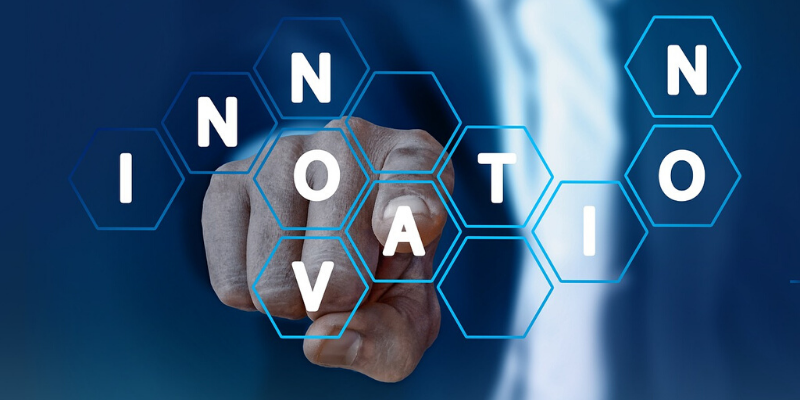
In today’s world, Artificial Intelligence (AI) has emerged as a revolutionary force that is transforming various industries. From healthcare to finance, it has proved itself and its potential to increase efficiency and unravel new possibilities.
One such area where AI is bringing high waves with significant improvements is product development. In today’s article, we will explore seven ways products are redefining innovation and user experiences with the effective and smart use of AI.
Virtual assistants and chatbots
Virtual assistants and chatbots are increasingly integrated with digital products in order to promote user interactions. Devices like Amazon Echo and Google Home integrate Alexa Auto and Google Assistant. There are multiple messaging apps like Meta Messenger and Slack which utilise AI to comprehend natural language and execute tasks. These virtual assistants have improved user accessibility by providing information, answering queries, and performing various functions.
Personalised recommendations
The era of one-size-fits-all is vanishing with features like personalised recommendations, made possible using AI. Nowadays, there are multiple platforms like Amazon, Netflix, and Spotify that use AI algorithms to analyse user behaviour, preferences, and historical data. This allows tailored suggestions based on individual likes and preferences in products, movies, shows, or music. This level of personalised experience adds to the positive user experience.
Intelligent search and natural language processing (NLP)
Intelligent search capabilities and Natural Language Processing (NLP) are transforming digital products with the accuracy and precision they offer. Google, a search engine, and Apple’s Siri, a voice assistant leverage this to understand user queries more accurately. AI works actively not only in improving search algorithms but in handling ambiguous queries as well. It contributes to providing relevant search results and responses which enhances user experiences.
Fraud detection and security
AI helps to deploy strong fraud detection and security measures on products that deal with financial transactions or user accounts. Unusual user behaviour patterns, transaction data, and network anomalies are easily identified through analysis by machine learning models hinting at potential fraudulent activities. This approach maintains the integrity of financial transactions and keeps a check on unauthorised access to user accounts.
Enhanced product design
The process of product design has seen tremendous improvement with the application of AI. Now it is possible to generate multiple design options based on specific parameters. Designers input criteria like material, function, and style for the AI to produce a variety of design alternatives to choose from. This not only solves the issues related to conventional methods but also accelerates the design phase with innovative ideas.
Content generation
The process of content creation has been revolutionised by AI. AI is now been actively used by prominent news organisations to curate personalised news articles based on individual readers’ interests. It is also used for creating personalised emails, push notifications, and social media posts, that are engaging.
Image and speech recognition
AI is also used for image and speech recognition in photo editing apps like Adobe Photoshop, social media platforms including Instagram, and voice assistants. Functionalities like image recognition, object detection, speech-to-text conversion, and sentiment analysis are made possible because of AI. It improves user interactions and opens up new opportunities for creative expression and communication.
Bottomline
AI is transforming the process of product design. From personalisation to predictive analytics and generative design, it has changed the entire product lifecycle. It is not only enhancing efficiency and accuracy but also opening up new possibilities for creativity in product development.
Moreover, if businesses continue to explore the infinite possibilities of AI, there will be a time when products will not be just created but designed intelligently in a way that matches the needs of a dynamic market.
Remember, while AI brings numerous advantages, it raises ethical considerations at the same time. Data privacy, bias, and job displacement are some of the concerns, therefore striking a balance is crucial.







![Read more about the article [Exclusive] Courier fulfilment startup NimbusPost in final stages of raising $25M](https://blog.digitalsevaa.com/wp-content/uploads/2024/01/CopyofImageTaggingnoframesEditorialTeamMaster-1705658990850-300x150.jpg)

![Read more about the article [Funding Alert] Bengaluru-based Rapido raises $52M in its latest investment round](https://blog.digitalsevaa.com/wp-content/uploads/2021/08/Imageugwl-1602829711283-300x150.jpg)
